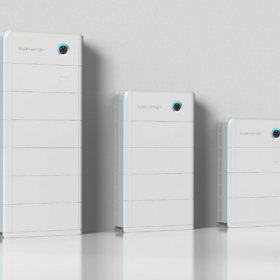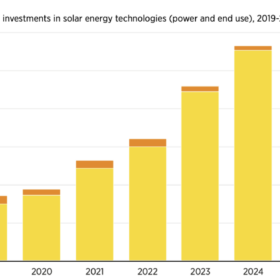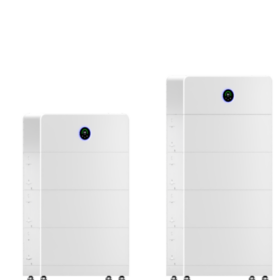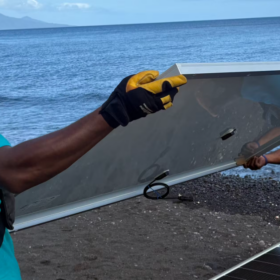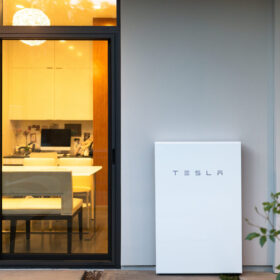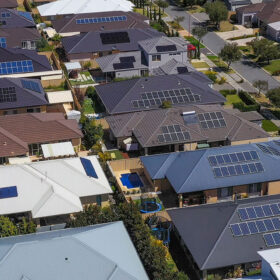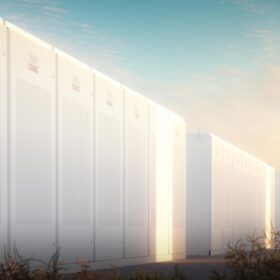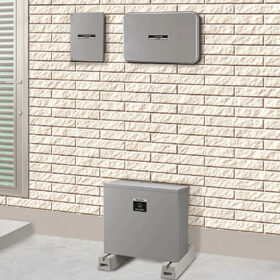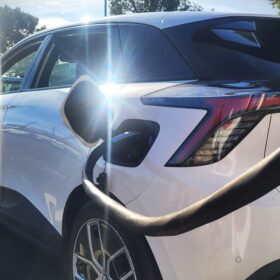Sigenergy points to installation practices for product recall
Sigenergy says the issue that has prompted a voluntary recall of the company’s 8 kW, 10 kW and 12 kW single-phase inverters in Australia and New Zealand stems from incorrect installation practices, not a product defect.
Fox ESS compact batteries heed rebate call backed by new local teams
Fox ESS is ramping up its presence in Australia with nationwide sales and techical support teams and is building local warehousing for its suite of inverters, electric vehicle chargers, and battery storage products, such as the EQ4800 and new CQ6.
IRENA says $851 billion invested in solar technologies in 2024
The International Renewable Energy Agency says solar is the only renewable energy technology where current investment levels are approaching the annual average needed through to 2030 to align with its 1.5 C pathway.
GoodWe releases new residential all-in-one storage solution
The Chinese company says that its new ESA series is available with a hybrid inverter ranging from 3 kW to 10 kW and storage capacities of 5 kWh to 48 kWh. The IP66-rated product supports an MPPT current of up to 20 A on the PV side and allows 200% PV oversizing, according to the manufacturer.
How Pacific nations plan to go from spending up to 25% of GDP on fossil fuels to running on 100% renewables
Picture dusk falling somewhere in the Solomon Islands. A fisher’s skiff glides home using a whisper-quiet electric outboard motor. In the Cook Islands, a big battery steadies the island grid. In Papua New Guinea’s highlands, solar kits bring electric light to homes for the first time.
US orders recall of 10,500 Tesla Powerwall 2 battery systems
Tesla says its recall and replacement effort stems from a contained battery-cell defect that has raised safety concerns in both the United States and Australia.
Three hours of free power sounds great – but it could raise other costs and hamstring rooftop solar
It was the news that rippled around the nation – and then the world: at least three hours of free grid-supplied electricity for Australian households, every day.
Utility batteries draw short straw in Solar Sharer scheme: Rystad analysis
Rystad Energy has released analysis of the federal government’s Solar Sharer scheme saying forecast increased demand from utility and household batteries and a slowdown of rooftop solar could boost utility renewables and coal via increased daytime demand, but impact gas and utility batteries.
Japanese utility uses Sharp PV-linked home batteries for grid balancing
Japanese utility Tohoku Electric Power is using Sharp’s residential batteries and AI-powered energy management systems to balance grid demand and optimise household solar energy use. Customers in the program can earn points redeemable for local products.
Brighte bags $40 million CEFC finance to boost consumer energy resources loans
Australian green lender Brighte has secured $40 million from the Clean Energy Finance Corporation under the federal government’s household energy upgrades fund, to support the roll out of up to $150 million worth of consumer energy resources.
